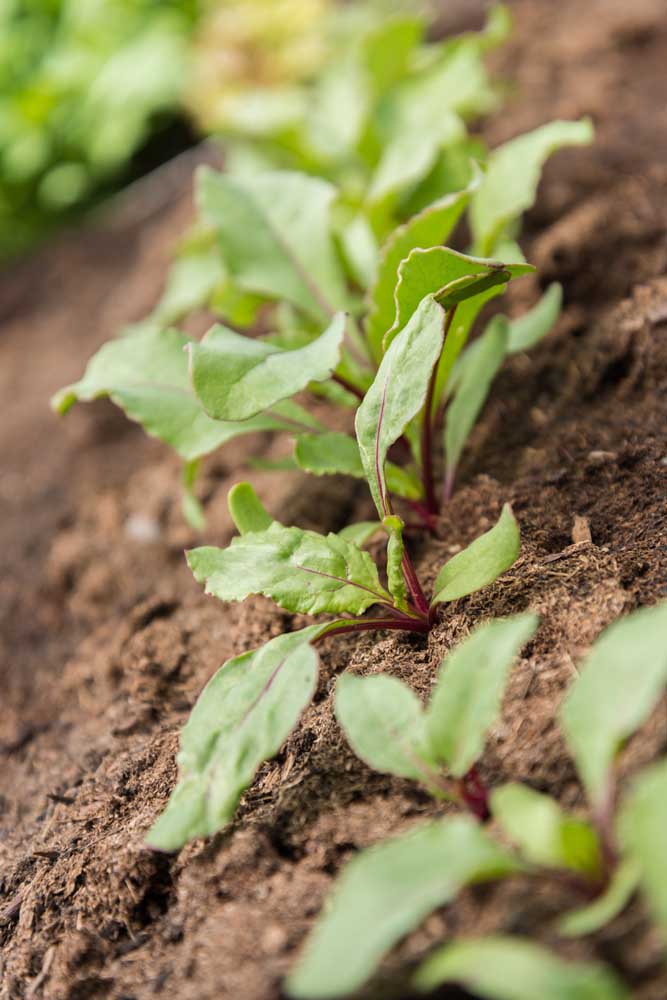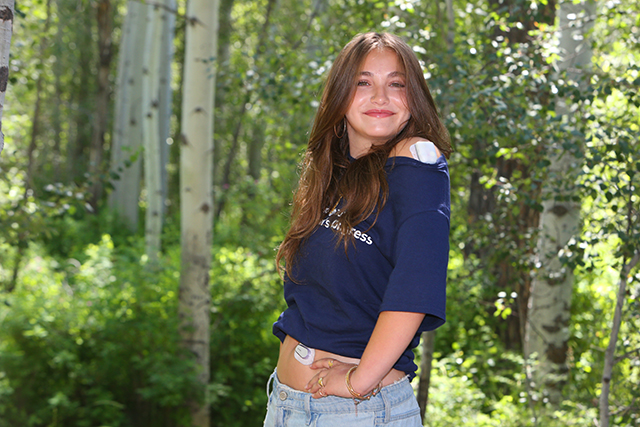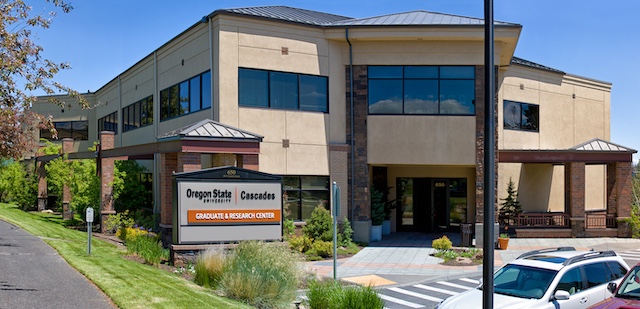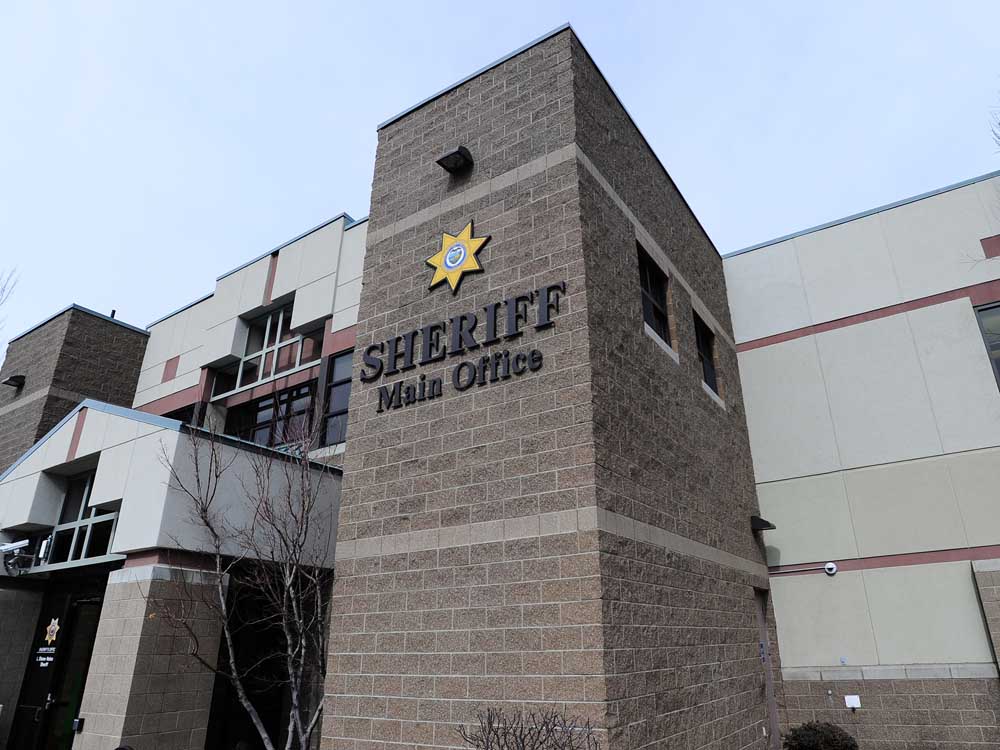Easy Edibles
Published 12:00 am Saturday, June 27, 2015

- Easy Edibles
Cindy Jeffers loves the enthusiasm novice growers show for edible gardening in Central Oregon. It’s their frustration she finds disconcerting.
“It’s amazing how much more interest people have in [edible gardening], and that’s really exciting,” said Jeffers, the long-time manager of Landsystems Nursery in Bend. “But there’s so many brand new gardeners out there that a lot of times don’t know what to buy or plant in their gardens. So they struggle, and then they say you can’t grow anything here. That’s really sad to me.”
Trending
That frustration is certainly understandable, says Amy Jo Detweiler, associate professor of home and commercial horticulture at the Deschutes County OSU Extension office in Redmond. Detweiler points out that novice Central Oregon growers get the pleasure of beginning their new hobby with three strikes against them: a significant fluctuation in temperature between day and night, a short growing season, and our less-than-ideal soil.
“It can take lots of trial and error,” she said.
And yet, new gardeners thrive on the feeling of accomplishment – the sweetest berry or the snappiest of peas that helps them build confidence going into year two, three, five and 10. For such novices, Jeffers regularly offers this advice:
“Start simple, and you will be successful,” she said. “You can grow a lot of things here successfully. The key is finding the right edibles for [Central Oregon] and its growing season.”
Fortunately, Jeffers, Detweiler and others lent their expertise in helping us compile a list of “easy edibles” for local gardeners of all levels. Give these a try, and you’ll no doubt earn your green thumb for the year:
Lettuce/Mixed Greens
Trending
Growing lettuce and mixed greens is a real confidence builder for the Central Oregon novice, said Detweiler, as they can be direct seeded in low temperatures, are frost-tolerant and don’t require much sunlight.
“You can direct seed when the soil temperature is around 40 degrees, the seeds will germinate really easy, and they will continue to grow until the really hot part of the summer,” Detwiler said. Then they will go to seed.
Until then, keep harvesting with a pair of scissors or a sharp knife, and the leaves will keep coming back.
Spinach & Kale
According to Giovanna Cloward, owner of Galveston Gardens in Bend, spinach and kale fall into the same category as lettuce, though when eaten, they boast health benefits that have earned them the title of “superfoods.”
“All the leafy stuff is easy and fast to grow, but they need to be cool,” she said. “Plant in partial sunlight or, better yet, under the tall plants in your garden, and watch them thrive.”
Carrots & Beets
Like greens, both carrots and beets can also be direct seeded in cooler weather, though they prefer a slightly higher soil temperature of 45 to 50 degrees, Detweiler said. But that’s only half the selling point.
“With both, you can actually plant two crops in a typical growing season,” she said. “The first round would have to be planted planted in April or early May to be harvested in late July, and then you can re-sew a month or so later.”
Detweiler added that carrots can often hold in the ground through November. Beets need to come out of the ground sooner – by October.
Snow/Snap Peas
These sweet snacks are naturally cold tolerant (notice a theme?) and can be direct seeded when the soil temperature is between 40 and 50 degrees – around the time you plant your carrots.
“They grow really well around here,” said Cloward. “Just plant them next to something with shade.”
Beans
Considered in a similar category as peas, beans require planting a little later in the season – in June, both Detweiler and Cloward agreed, but no later than the Fourth of July. Look for a soil temperature of around 60 degrees.
“Whether bush or pole, beans will make you feel successful in a short period of time,” Detweiler said. “Harvest will be in August or September for these.”
Strawberries & Raspberries
No need for a drive to the Valley or through the Fruit Loop near Hood River for sweet strawberries or raspberries. Both perennials grow very well right here in the High Desert.
“Once in the ground, they don’t require a lot of maintenance or fertilization,” Detweiler said. “Just put them in the ground and watch them grow.”
Both plants are cold-hardy and can survive Central Oregon winters. Raspberries, however, require some annual pruning.
Mint
This herb grows so well in Central Oregon that it can take over your plot. To prevent this, plant in containers and watch them thrive – that is, so long as you plant your mint in pairs, says Cloward.
“It must pollinate, so plant two or more so the birds and the bees can do their thing,” she said.
Sunflowers
According to local gardeners, it doesn’t get much simpler than sunflowers. Plant the seeds in late May or June, and provide edibles for people and wildlife come fall.
“You sew the seeds, they come up, and they’re super drought-tolerant,” Detweiler said. “Once they’ve matured, you can leave the seeds for the birds, or you can use them for yourself.”
All local garden experts agree that Central Oregon soil requires annual amending and plants require regular watering during our dry summers. Consult your local garden center, master gardener or OSU Extension (extension.oregonstate.edu/deschutes) for information, workshops and classes.








